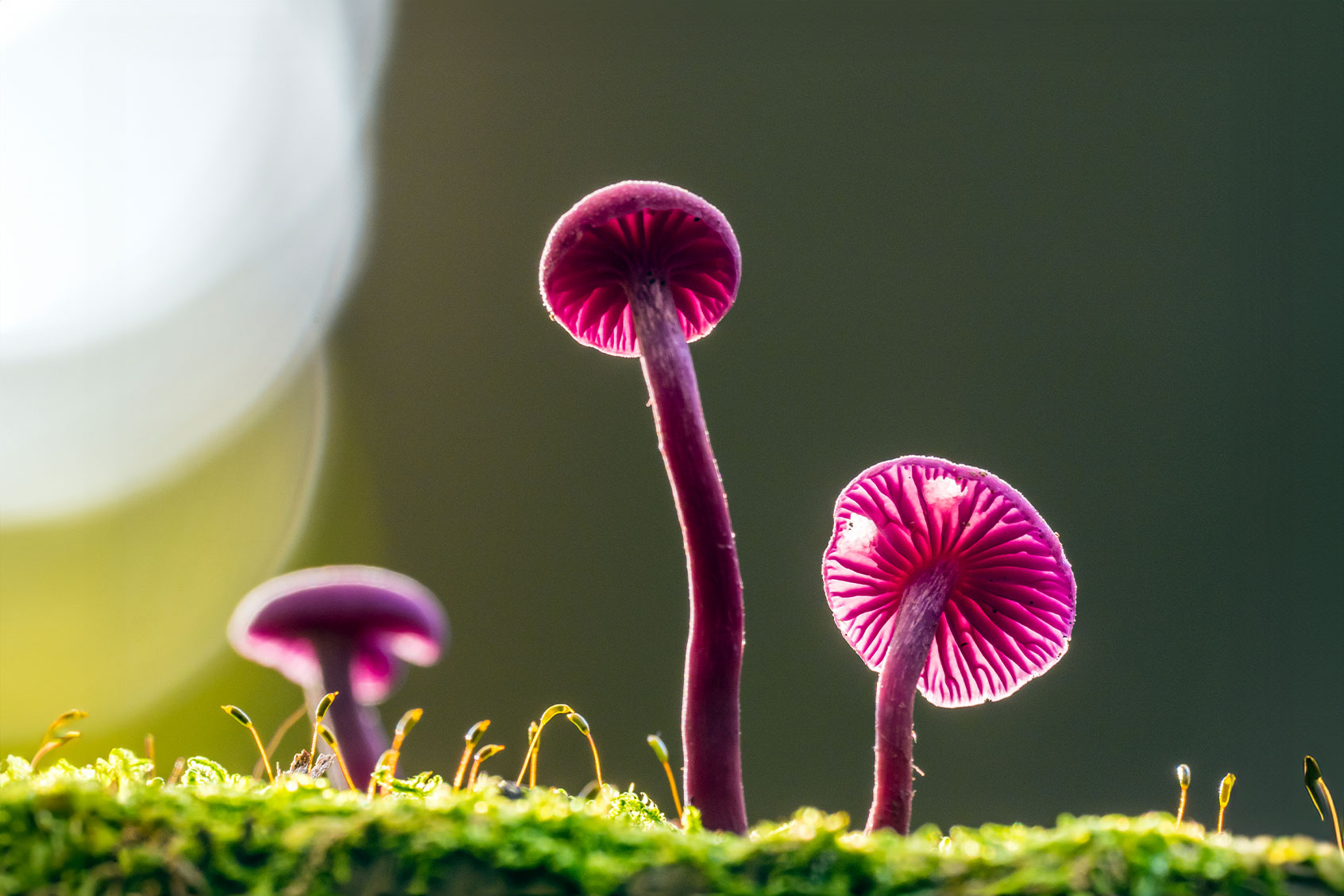Fungi have a nasty reputation among humans. They can cause dangerous diseases like Cryptococcus neoformans and Candida auris among our own kind, massacre beloved fellow animals like frogs and bats and even turn less-charismatic animals like cicadas into horrifyingly mutilated zombies.
Yet a recent proposal by the United Kingdom and Chile to the UN convention on biological diversity (CBD) could radically alter the way people perceive the fungi with whom we share Earth. Organized by a nonprofit organization called The 3F Initiative, the two governments are proposing that fungi be included alongside flora sand fauna as a separate realm for conservation efforts. Citing how human-caused environmental problems like climate change and biodiversity loss are driving fungi species to extinction — including countless mushrooms, mildews, moulds, lichens and yeasts — the pair of governments will argue for large-scale fungi conservation efforts at the COP16 meeting in Cali, Colombia.
“If this pledge is adopted by the CBD, it will introduce a new opportunity for decision-making, a new way of seeing,” Giuliana Furci, the Chilean-British chief executive of the Fungi Foundation, told The Guardian. “Looking at nature without fungi is like trying to diagnose a disease without doing a blood test. Fungi are the firmament of life on Earth. They make systems ecosystems.”
The effort to conserve fungi is part of a broader movement by environmentalists to stop or even reverse the ongoing biodiversity collapse occurring on our planet. A 2023 study from the journal Proceedings of the National Academy of Sciences found that humans have caused as many extinctions in the last 500 years as would have occurred over 36 times that duration (18,000 years) for those same genera if humans had never existed.
Similarly, a 2021 study in the journal Communications Earth & Environment found that past extinction rates for freshwater animals and plants today is three orders of magnitude higher than it was during the Cretaceous–Paleogene extinction event which killed all of the dinosaurs 65 million years ago. If that rate continues unabated, one-third of all freshwater species alive today will be extinct by 2120.


